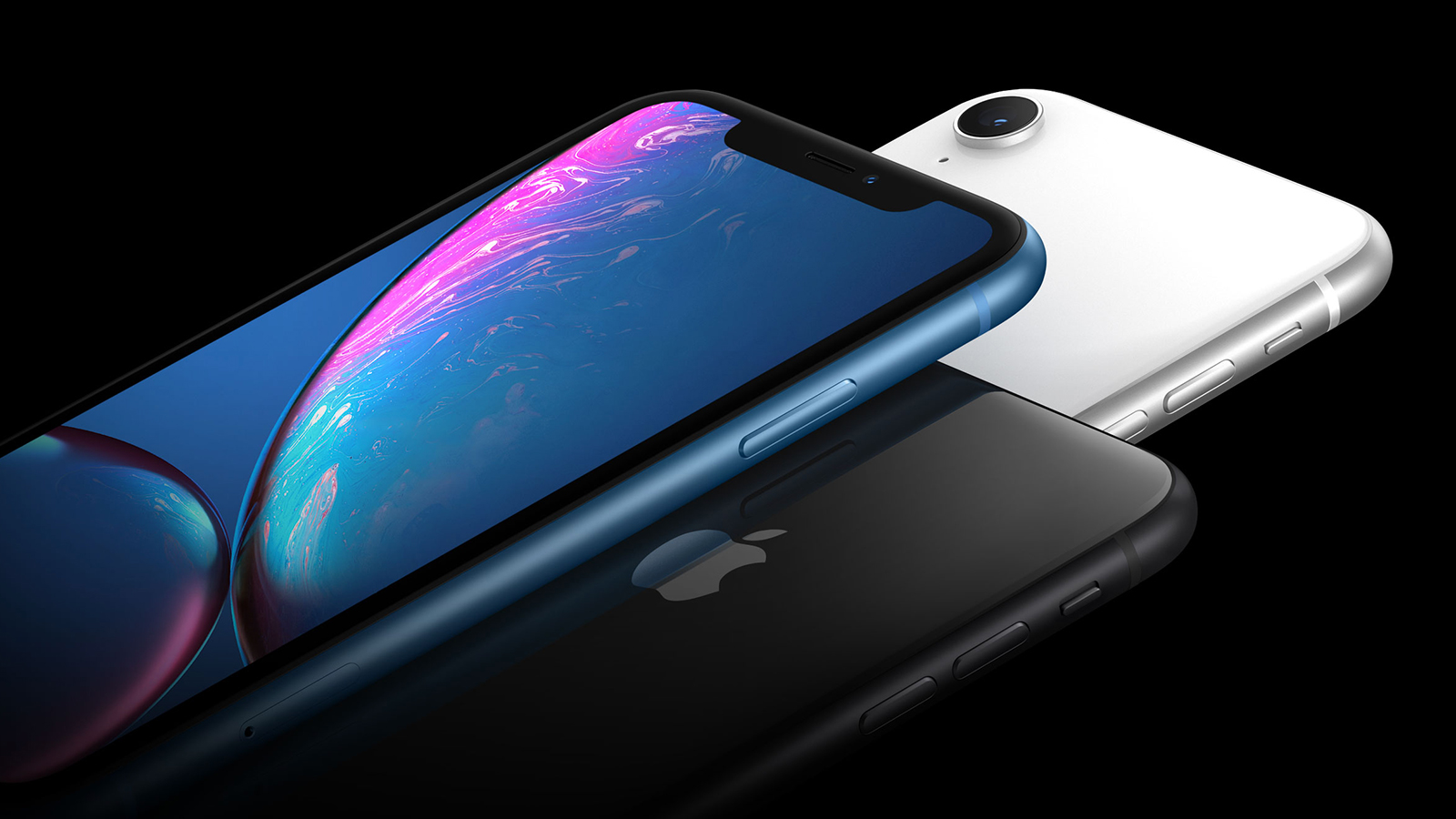Craig Grannell finds out whether Apple’s cheaper iPhone is a compromise too far
You’d need to be a special kind of person to consider a $750 phone cheap. But the iPhone XR is Apple’s most affordable current-generation phone, and it looks like a comparative bargain when set against the eye-wateringly expensive iPhone XS Max.
But there are questions. How much did Apple compromise to hit this price point? And do you get the full ‘X’ experience? After a week, I’d say you mostly do.
Sense of style
It says something that while writing this article, I got a call and picked up the wrong iPhone. At a glance, it’s easy to mistake the iPhone XR for the iPhone XS Max. It’s still broadly all-screen (bar the notch), and feels great and premium in the hand.
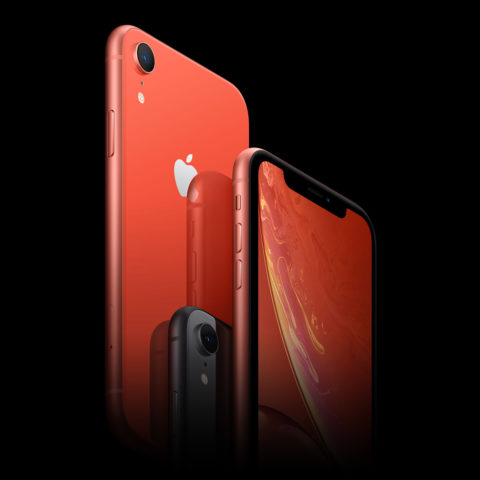
On closer inspection, you notice differences: the XR’s larger bezel; edges and buttons not being shiny, instead offering a splash of color. (My advice: get the Product Red XR – it looks fantastic.)
Apple’s tech specs reveal other minor shifts from the XS models – less robust (but still strong) rear glass; a water resistance of IP67 (30 minutes at 1 meter) rather than IP68 (2 meters). So… only let your iPhone swim in the shallows, I guess.
Fine details
The display was the first difference I was expecting to actually matter. It has the same pixel density as last year’s iPhone 8 Plus, and a resolution lower than HD. It’s been a stick to hit the XR with from the Android contingent.
In use, though, the display impresses – it’s bright, good from a range of viewing angles, and Apple’s done some seriously clever stuff with the LED to round its corners to match the device’s own curved edges.
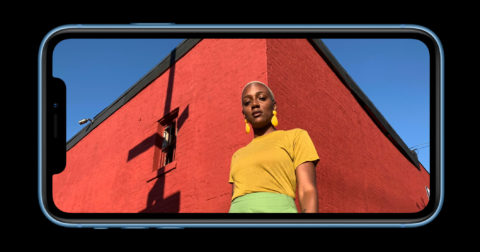
Sure, press your nose up to an XR and an XS Max, and you’ll notice the former’s ever so slightly fuzzy. But otherwise you won’t miss the extra detail.
One thing you might miss, though, is 3D Touch, if you’ve come from an iPhone that supports it, given that the XR doesn’t. That means no Home screen app icon menus, and no Peek and Pop.
Snap happy
Another thing missing from the XR is one of the cameras. Although the TrueDepth (selfie) camera is identical to those on the iPhone XS and iPhone XS Max, complete with Face ID, the XR’s rear camera isn’t a dual system. You still get a mightily impressive 12MP wide-angle lens, but no telephoto one.
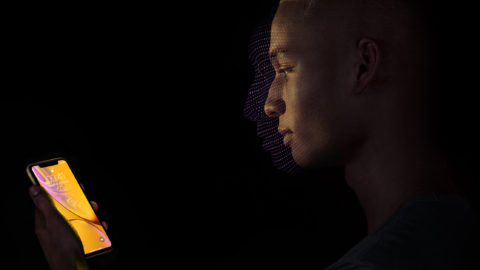
This means the Camera app lacks a button to instantly zoom to 2x, and the digitally zoomed shots are of a lower quality. Portrait mode is more limited on the XR as well – it can only recognize humans, and it’s more heavily reliant on software trickery to isolate the subject.
That all said, the camera is noticeably better in most scenarios than the one in last year’s iPhone X, and oddly fares better than any iPhone – including XS Max – in very low light for Portrait shots. Although if you’re into shooting portraits in gloom, you probably need to take stock of what else is going on in your life.
A fine performer
Elsewhere, the iPhone XR is a phone where you’re not talking about compromise – just equivalence, or even very occasionally superiority over the rest of Apple’s line-up. Because the XR uses the A12X Bionic chip, any app or game you throw at it screams.
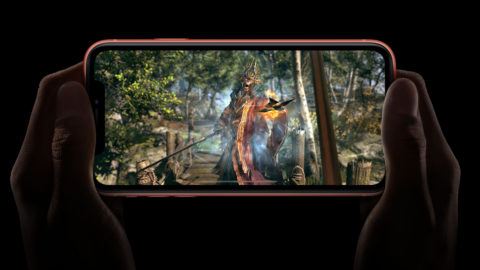
Although the XR reportedly has less RAM than the XS (3GB versus 4GB), there’s no difference in general use, nor when playing high-end games or working with pro-level audio apps. And because Apple’s battery lab is apparently staffed by wizards, the XR lasts longer on a single charge than even the iPhone XS Max.
For some people, that in itself will be reason enough to buy the cheaper device. But there’s another incentive: an XR-specific storage ‘sweet spot’. If 64GB seems too limiting, you can fling another 50 bucks at Apple and upgrade to 128GB of storage. On the XS, the next tier nets you 256GB, but the jump is a whopping $150.
Verdict: iPhone XR
In all honesty, I’m not quite as blown away by the XR as I was with the XS Max, but that’s in part because I’ve been wowed by Apple’s flagship for over a month now. But what is clear is the stark difference that used to exist between Apple’s high-end phones is gone.
Recall the iPhone 7 and iPhone 7 Plus. The former’s screen was merely OK. Its camera was… fine. Then the following year, the iPhone X pointed at the future, and made the iPhone 8 Plus look like the past. Now, the XR offers a reasonably priced iPhone X-level experience, with only relatively small compromises, and the odd surprising plus point beyond the noticeably lower impact on your bank account.
